Your Cart is Empty
Free Shipping over $150 (Excludes Oversized Products)
Free Shipping over $150 (Excludes Oversized Products)
Sanding Belts
Sanding Discs

Hot Rolled Steel Vs. Cold Rolled Steel For Knife Making
by David Kranker 8 min read

Quick Summary
In knife making, choosing the right steel is key to a successful project. Hot rolled steel offers advantages in cost, ease of shaping, and availability, making it suitable for larger and more complex knife projects. On the other hand, cold rolled steel provides a superior surface finish, higher tensile strength, and precise dimensional accuracy, ideal for high-performance and premium knives. Understanding the distinct properties and applications of each type of steel can guide you in choosing the best material for your next project.
Knife making is an art and a science, and choosing the right steel is one of the most critical decisions. Your selection will influence not only the blade's performance but also its durability and ease of maintenance. Among the various options available, hot rolled steel and cold rolled steel stand out as two of the most popular choices.
The main difference between hot rolled steel and cold rolled steel is the way they are manufactured, which in turn impacts their properties and suitability for different applications. Hot rolled steel is processed at high temperatures, making it easier to shape and form, while cold rolled steel undergoes further processing at room temperature, resulting in a smoother finish and higher tensile strength.
In this blog, the team at Red Label Abrasives reviews the differences between hot rolled and cold rolled steel. By understanding the characteristics and benefits of each type, you can select the material that best suits your knife-making needs.
What is Hot Rolled Steel?
Hot rolled steel is a type of steel that is processed at extremely high temperatures, typically above 1700°F. Large, rectangular pieces of metal called billets are heated until they reach a malleable state, allowing them to be easily rolled into various shapes and sizes. The steel is then passed through a series of rollers to achieve the desired thickness and dimensions. This high-temperature treatment impacts the steel's properties, making it easier to work with but also affecting its overall finish and structural characteristics.
Among the most noticeable characteristics of hot rolled steel is its rough surface finish. The elevated temperatures cause the steel to oxidize, forming a layer of scale on its surface. While this scale can be removed, it often leaves a somewhat coarse texture. The steel cools at room temperature after being rolled, so there is less control over its final dimensions. The rapid cooling process also results in internal stresses within the steel, which can affect its grain structure and overall stability.
Hot rolled steel has several advantages for knife makers:
- It is generally more cost-effective than cold rolled steel, making it a budget-friendly option for those starting out or working on large projects.
- The availability of larger sizes allows the creation of larger or more numerous blades.
- The malleability of hot rolled steel makes it easier to work with during the initial stages of knife making, such as cutting and shaping. This can be particularly useful for creating complex designs or when working with heavy-duty equipment.
What is Cold Rolled Steel?
Cold rolled steel undergoes additional processing after being hot rolled. This involves passing the steel through rollers at room temperature, which improves its surface finish and dimensional accuracy. Unlike hot rolling, which occurs at high temperatures, cold rolling is done at or near room temperature, which impacts the steel's properties.
The cold rolling process begins when hot rolled steel is cooled to room temperature and then fed through a series of rollers that compress and elongate the steel to the desired thickness and shape. This method refines the steel's surface, making it smoother and more polished compared to hot rolled steel. Because the steel is not heated during this stage, precise and consistent measurements are possible.
One of the defining characteristics of cold rolled steel is its superior surface finish. The lack of scale and the smoother texture make it an ideal choice for applications where appearance is important. The cold rolling process also introduces strain hardening, which increases the steel's tensile strength. This makes it more durable and capable of withstanding greater stress without deforming. Furthermore, the controlled process minimizes internal stresses, resulting in a more stable and uniform grain structure.
For knife making, cold rolled steel offers several significant advantages. Its superior surface finish means less time spent on grinding and polishing, which can streamline the production process. The higher tensile strength increases the blade's durability and performance, enabling it to handle tougher tasks without bending or breaking. The improved dimensional accuracy also lets you achieve precise cuts and shapes, leading to more consistent and high-quality blades.
Comparison of Hot Rolled and Cold Rolled Steel
When comparing hot rolled and cold rolled steel, you need to assess key factors like mechanical properties, surface finish, workability, and cost and availability. Each type of steel offers distinct advantages and potential drawbacks, all of which are highlighted below.
Mechanical Properties
Strength and hardness are critical factors in choosing steel for knives. Cold rolled steel generally has higher tensile strength and hardness due to the strain hardening that occurs during the cold rolling process. This makes it more durable and able to maintain a sharp edge longer. In contrast, hot rolled steel is not as strong and hard but offers greater ductility and malleability. This means it can be more easily bent and shaped without breaking, which can be advantageous in the early stages of knife making.
Surface Finish
Cold rolled steel has a smoother, more polished surface due to the rolling process at room temperature, which removes imperfections and results in a cleaner look. This is beneficial when you want a refined, professional appearance with less time spent on finishing. Hot rolled steel, on the other hand, has a rougher, scaled surface due to oxidation at high temperatures. While this can be removed, it requires additional work, making it less practical for those who need a ready-to-finish surface.
Workability
Workability refers to the ease of cutting, shaping, and forming the steel into the desired knife shape. Hot rolled steel is generally easier to work with in its initial stages due to its higher malleability. Cold rolled steel, while harder and more durable, can be more challenging to shape and cut. It requires more force and often more advanced tools, which might be a consideration for knife makers with limited resources.
Cost and Availability
Hot rolled steel is typically more cost-effective, making it a preferred choice for those on a budget or working on larger projects. It is also available in a wider range of sizes and grades, which provides more flexibility for different types of knives. Cold rolled steel, while generally more expensive, offers higher quality and performance, which can justify the additional cost for premium knife-making projects. However, it may be less readily available in larger sizes, limiting its use for certain applications.
Practical Applications in Knife Making
When selecting steel for knife making, it's important to match the material to the intended use of the knife. Both hot rolled and cold rolled steel have distinct advantages and can be suitable for different types of knives.
Types of Knives Suitable for Hot Rolled Steel
For larger knives and tools, hot rolled steel is often used because of its low cost and ease of shaping. Examples include machetes, survival knives, and certain types of kitchen knives. Due to the malleability and availability of hot rolled steel, these knives are easy to forge into larger, more complex shapes without extensive specialized equipment.
The benefits of using hot rolled steel for these types of knives include:
- Its cost-effectiveness and ease of workability.
- Ability to produce larger blades without incurring high material costs.
- A ductility that allows for more straightforward cutting and shaping.
However, the rough surface finish and lower dimensional accuracy may require additional finishing work, and the lower tensile strength can (compared to cold rolled steel) result in blades that are less durable over time.
Types of Knives Suitable for Cold Rolled Steel
Cold rolled steel is preferred for high-performance knives where strength, durability, and a polished finish are paramount. Examples include pocket knives, hunting knives, and premium kitchen knives. These blades benefit from the superior tensile strength and hardness of cold rolled steel, which ensures they maintain sharp edges longer and perform better under stress.
The advantages of using cold rolled steel for these types of knives include:
- Its smooth surface finish, which reduces the need for extensive polishing.
- Its higher tensile strength, which contributes to longer-lasting sharpness and overall durability.
- The improved dimensional accuracy allows for more precise and consistent blade shapes.
However, the higher cost of cold rolled steel and the increased difficulty in cutting and shaping it can be potential drawbacks, particularly for novice knife makers or those without access to advanced tools.
Hot rolled steel is ideal for larger, more affordable knives where ease of workability is essential, while cold rolled steel is best for high-performance knives that require a smooth finish and superior strength. Understanding these practical applications helps knife makers choose the right material for their specific projects.
Abrasives for Working With Hot and Cold Rolled Steel
Working with hot-rolled and cold-rolled steel requires the right abrasives. These sharp grains are used to cut, shape, and finish the steel, and different abrasives are better suited for the distinct properties of each steel type.
Abrasives for Hot Rolled Steel
Hot rolled steel, with its rough surface finish and more ductile nature, requires abrasives that can handle its scale and oxidation. Common abrasives for working with hot rolled steel include open coat aluminum oxide and zirconia.
Aluminum oxide is a durable abrasive that effectively removes scale and smooths the rough surface of hot rolled steel. It's widely used because of its toughness and affordability. For initial grinding and shaping, coarse-grit aluminum oxide belts or discs are recommended. As the steel is refined, switching to finer grits helps achieve a smoother finish.
Zirconia is another excellent choice for hot rolled steel, particularly for heavy stock removal. It’s more durable than aluminum oxide and self-sharpens, providing a longer lifespan. This makes it ideal for extensive grinding tasks where maintaining abrasive efficiency is crucial.
Abrasives for Cold Rolled Steel
Cold rolled steel, known for its smoother finish and higher tensile strength, benefits from abrasives that provide precision and maintain the steel's polished surface. Silicon carbide and ceramic abrasives are often preferred for working with cold rolled steel.
Silicon carbide is a sharp and hard abrasive that delivers a fine finish on cold rolled steel. It's excellent for detailed grinding and finishing work and provides a high-quality surface without introducing deep scratches. Silicon carbide abrasives are available in various grits, making it easy to progress from rough shaping to final polishing.
Ceramic abrasives offer superior cutting capabilities and longevity, particularly useful for cold rolled steel's harder surface. These abrasives are designed to maintain their cutting edge and are effective for both rough grinding and fine finishing. They are ideal for high-precision tasks where maintaining the integrity of the steel’s surface is important.
The key to effectively working with hot and cold rolled steel lies in selecting the appropriate abrasives for each stage of the knife-making process. By understanding the properties of each steel type and choosing suitable abrasives, knife makers can achieve the desired results efficiently and maintain the quality of their blades.
Increase Your Blade Quality With Red Label Abrasives
Selecting the appropriate steel is fundamental in knife making. Hot rolled steel offers advantages in cost, ease of shaping, and availability, making it suitable for larger and more complex knife projects. On the other hand, cold rolled steel provides a superior surface finish, higher tensile strength, and precise dimensional accuracy, ideal for high-performance and premium knives. Understanding the distinct properties and applications of each type of steel can guide you in choosing the best material for your next project.
If you have any questions or need further assistance with selecting the right abrasives for your project, contact Red Label Abrasives. We manufacture sanding sheets, sanding belts, sanding discs, and even complete knife making kits, all of which can help you fashion a beautiful and long-lasting knife. To learn more or place an order, please contact us by calling 844-824-1956 or filling out our contact form today. ABOUT THE AUTHOR
David Kranker is a writer and creative maker who has been covering the abrasive and knife-making industries on the Red Label Abrasives Blog since 2020. David spends his time continually researching sanding and bladesmithing to provide readers with the latest and greatest information. In his free time, David utilizes abrasives for many different home and auto projects at his home in Delton, MI.
Belt Packs Made For Knife Makers
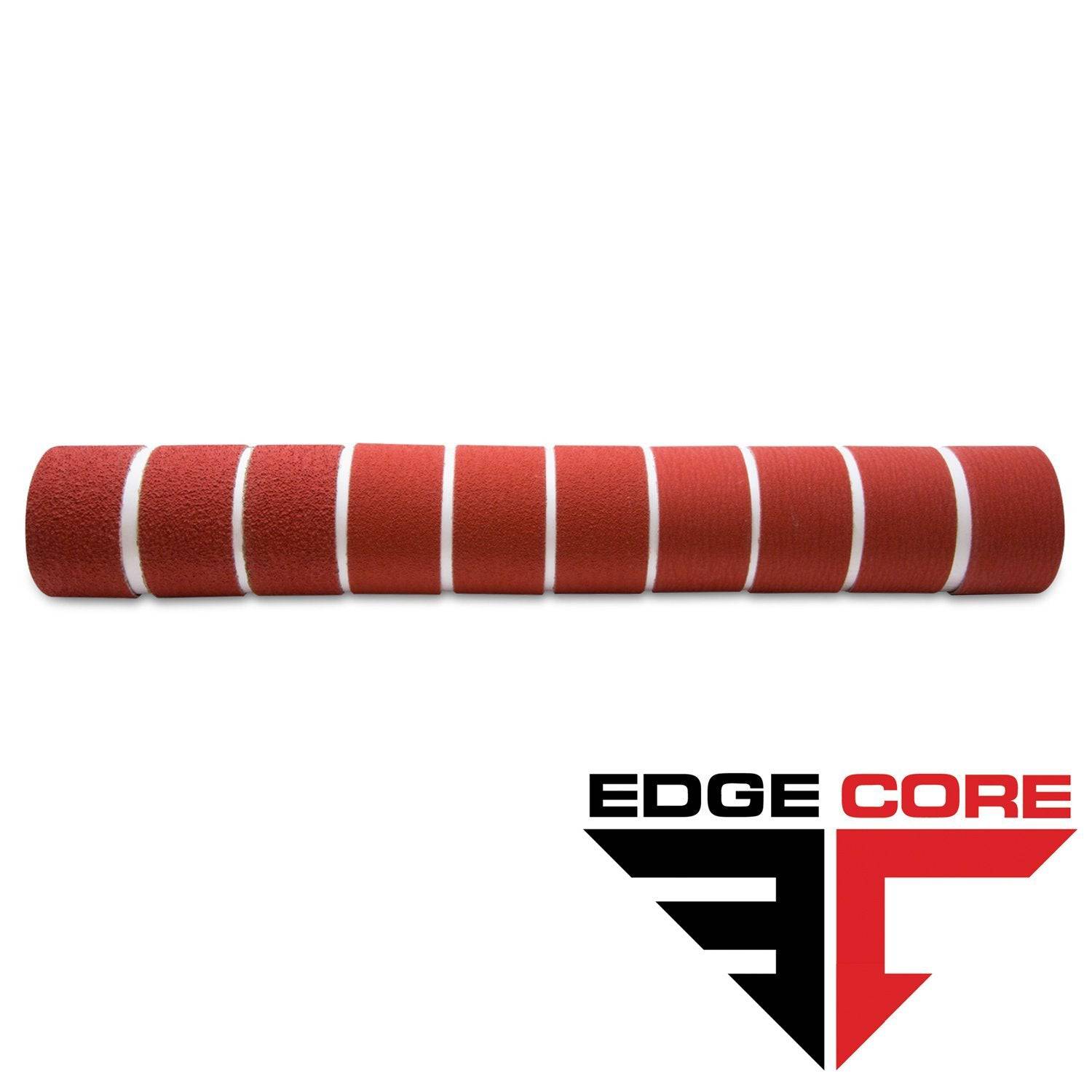
2 X 72 Inch Knife Makers Sanding Belts Assortment
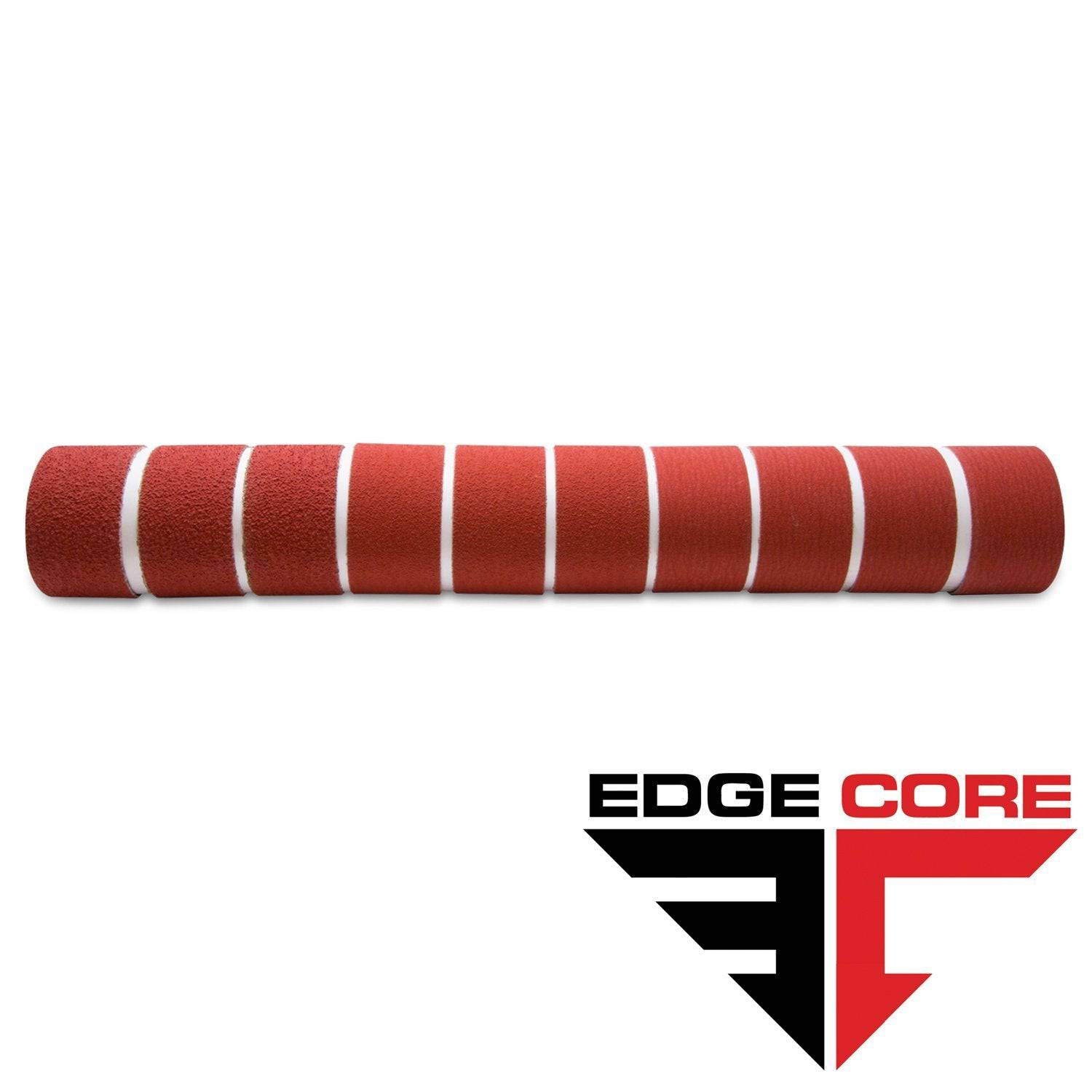
2 X 60 Inch Knife Makers Sanding Belts Assortment
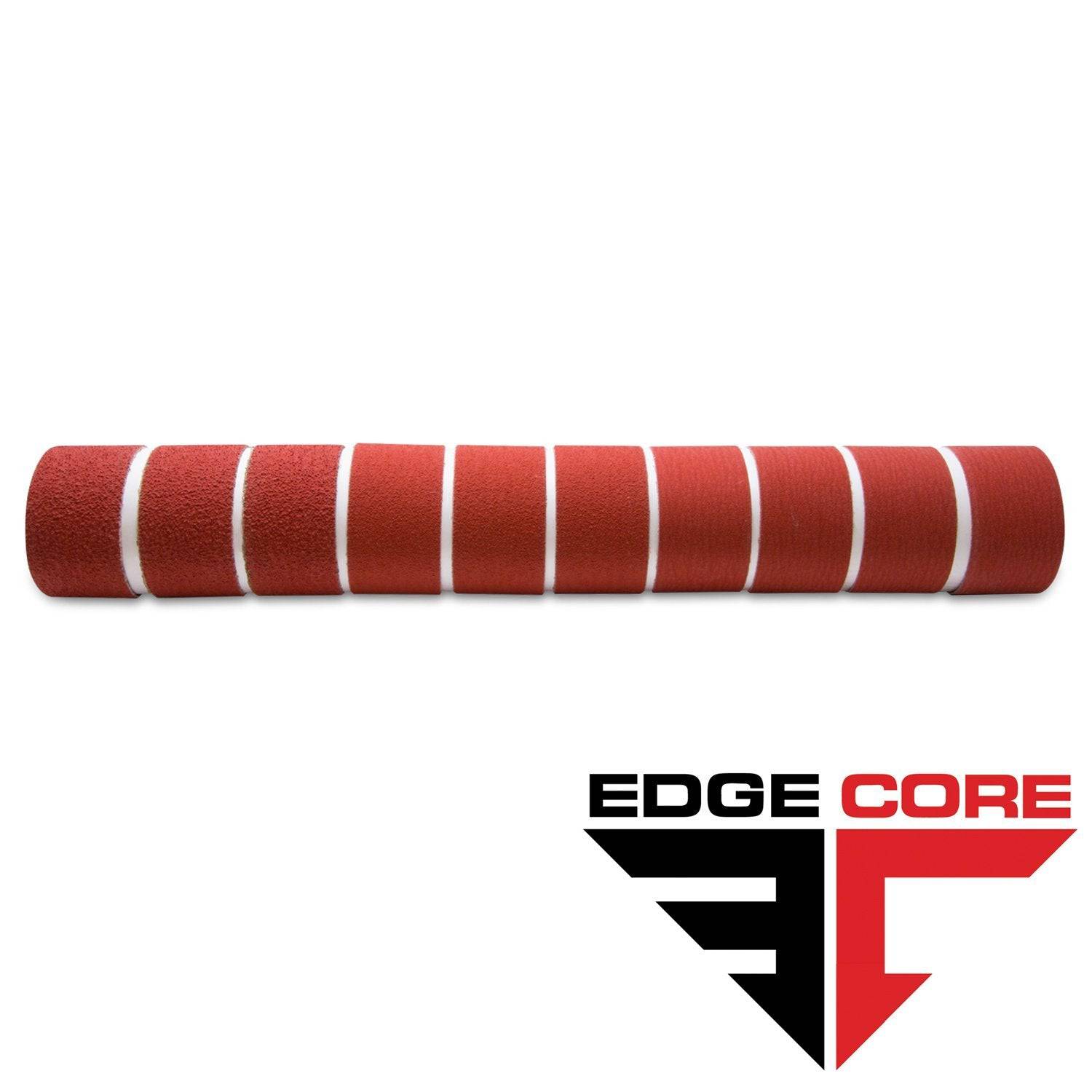
2 X 48 Inch Knife Makers Sanding Belts Assortment
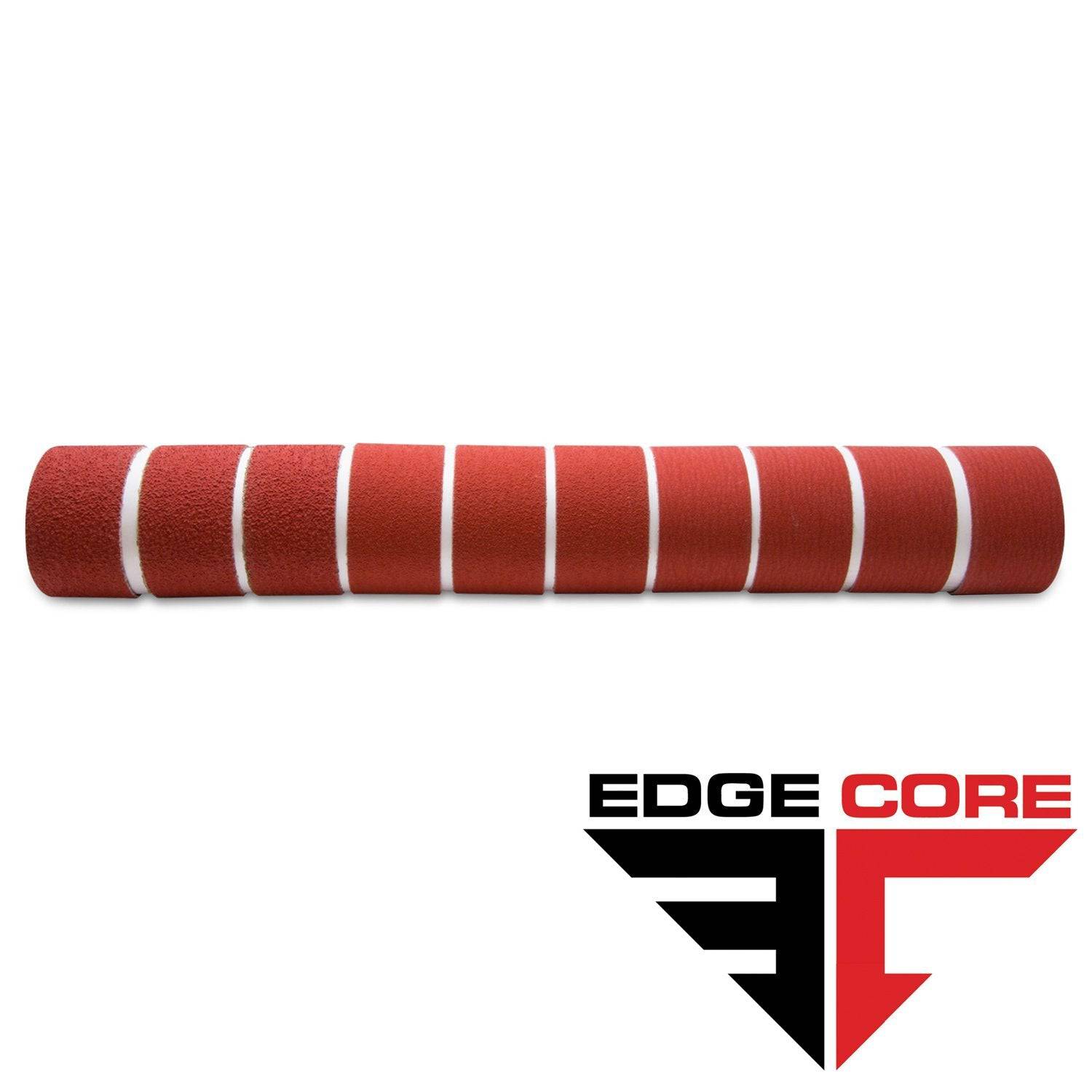
2 X 36 Inch Knife Makers Sanding Belt Assortment
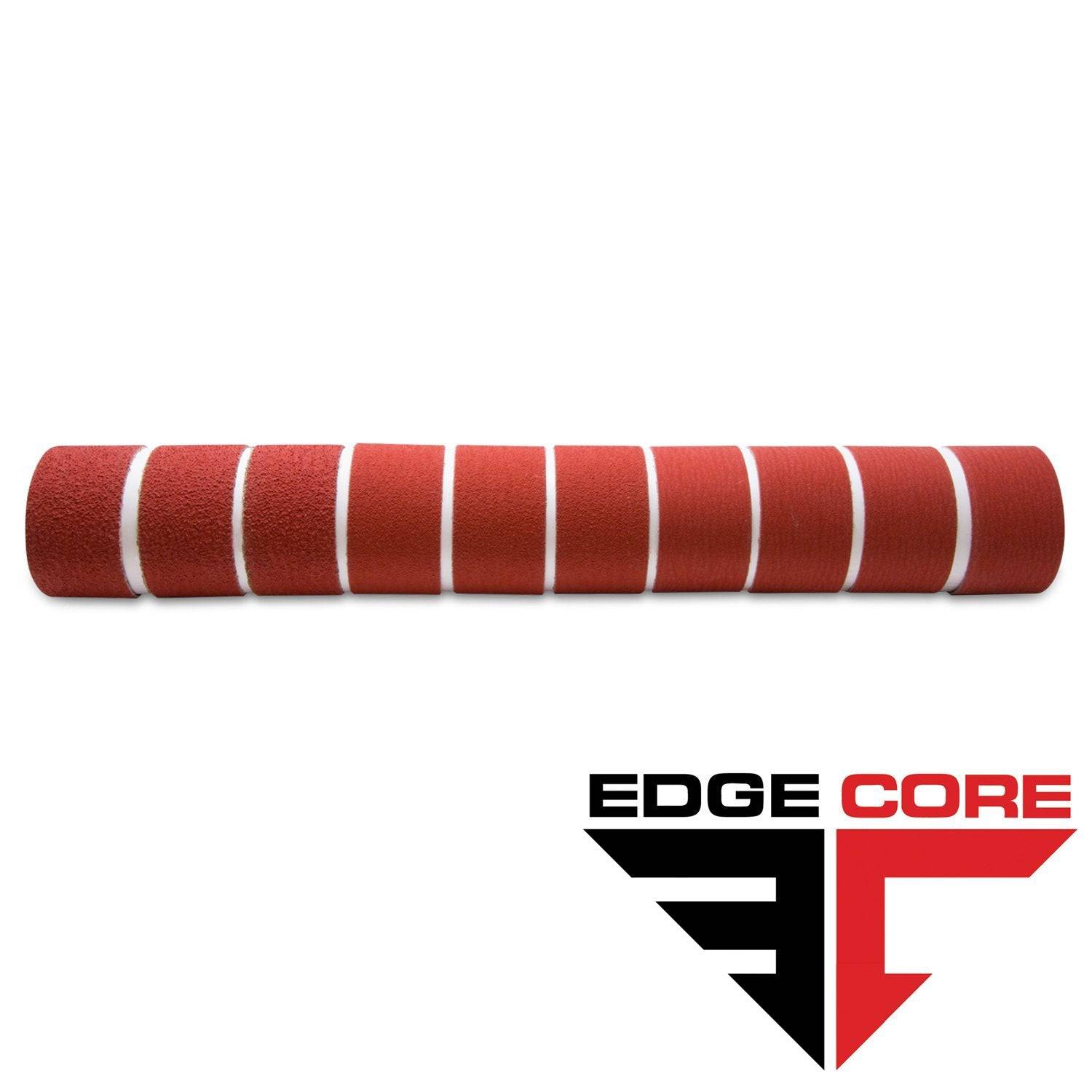
2 X 42 Inch Knife Makers Sanding Belts Assortment
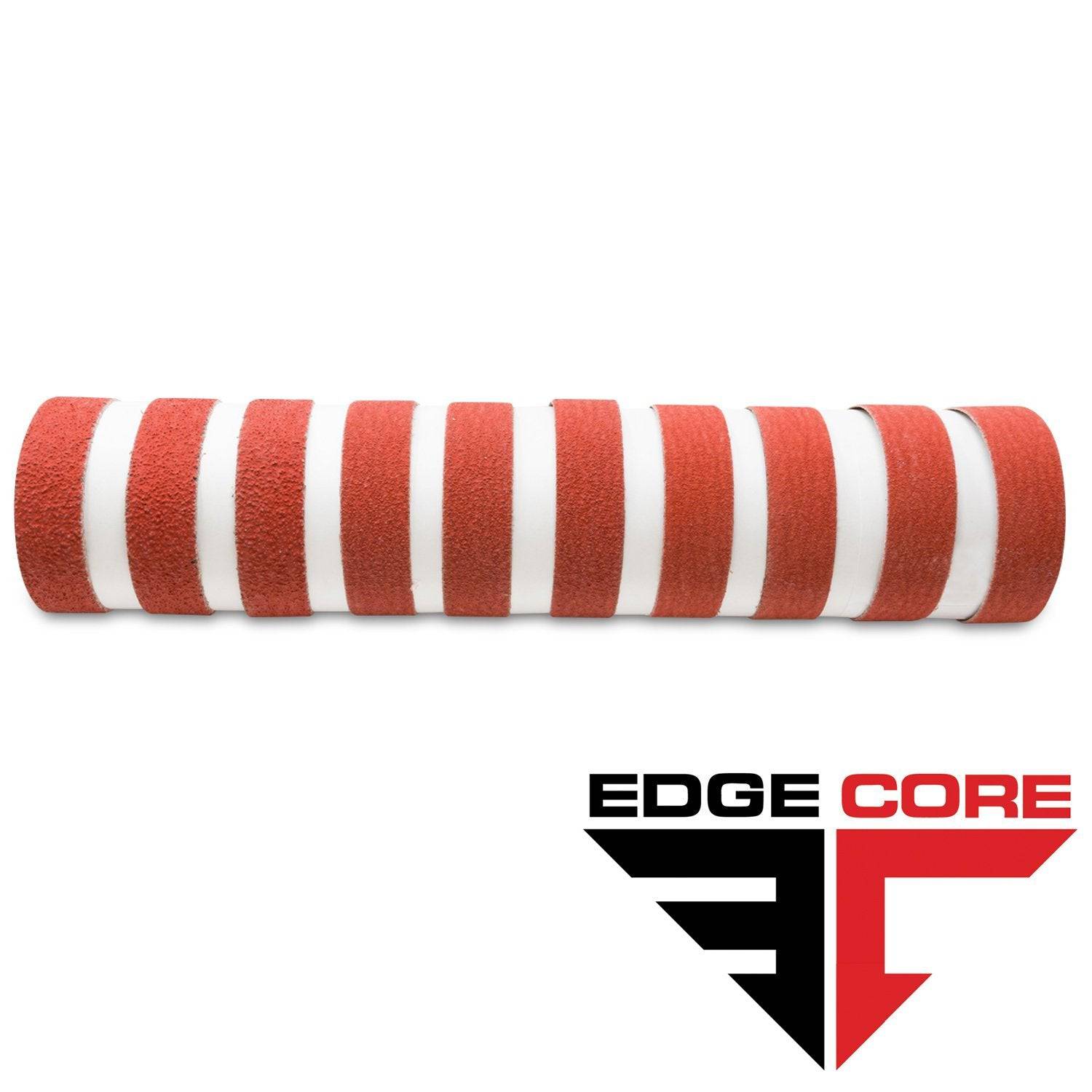
1 X 30 Inch Knife Makers Sanding Belts Assortment
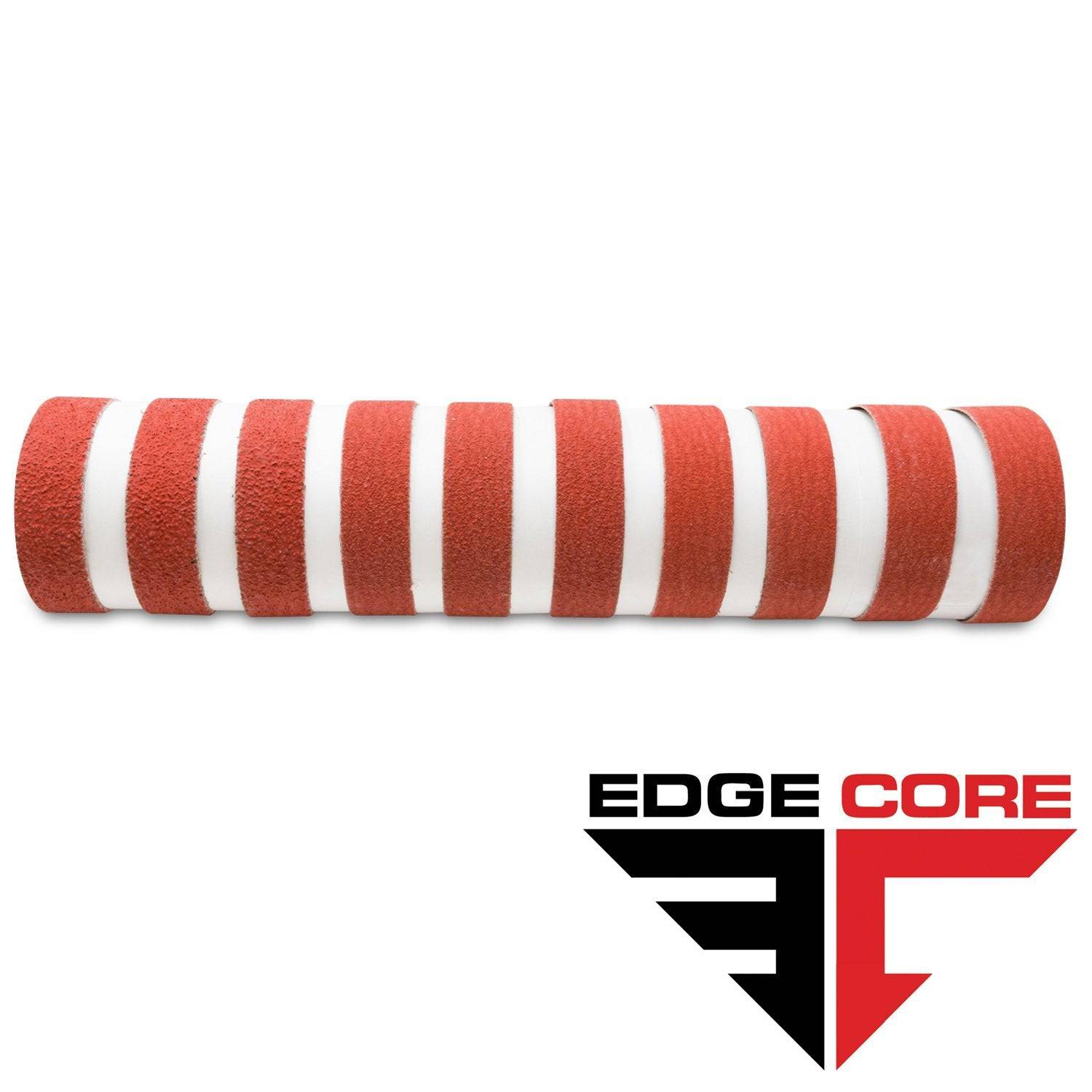
1 x 42 Inch Knife Makers Sanding Belt Assortment
Shop By Product Category





Why Choose Red Label?







